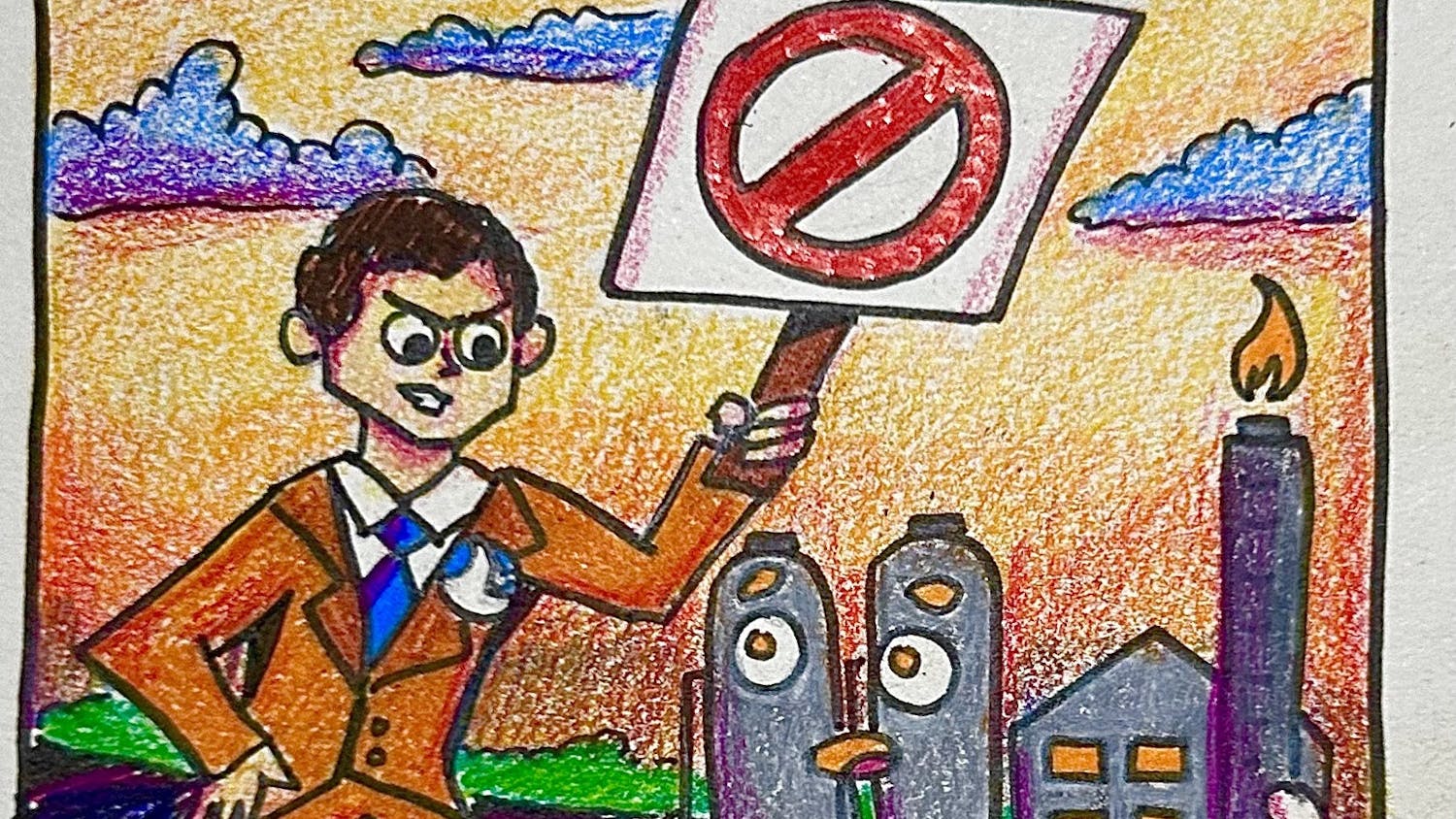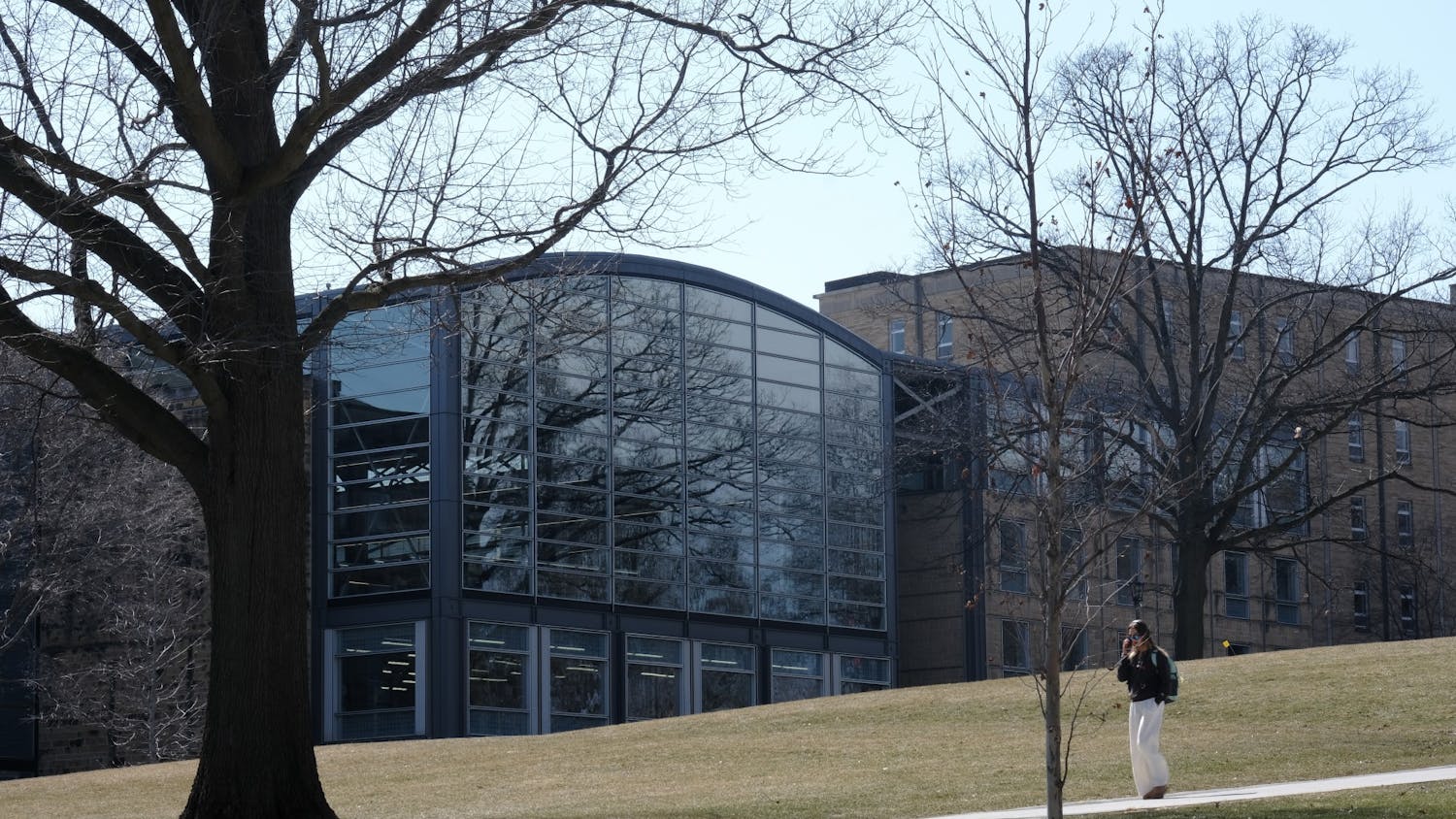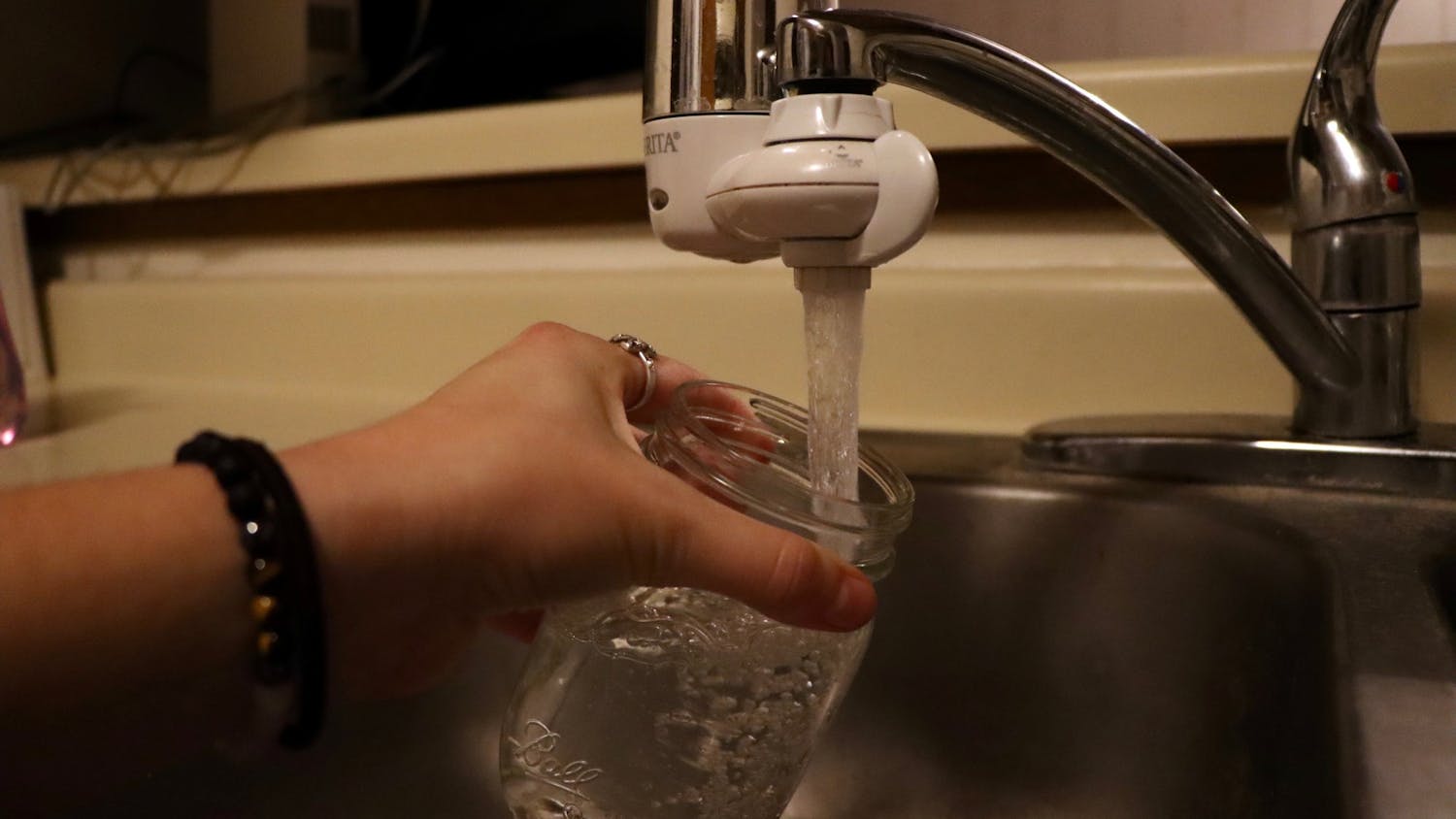SCIENCE
Lake Superior contributes approximately 10 billion pounds of carbon dioxide (CO2) to the atmosphere each year. Even though this huge amount of material is equal in weight to nearly a third of Wisconsin's annual corn production, scientists previously knew little about how the lake influences CO2 levels nearby.
However, a team of scientists, led by UW-Madison professors Galen McKinley and Ankur Desai, have set out to determine how large of an impact the lakes have on regional CO2 amounts. Collaborating with researchers from the University of Michigan and the National Oceanic and Atmospheric Administration, the scientists simulated Lake Superior's contributions to CO2 levels in northern Wisconsin.
Their results, published last October in Environmental Research Letters, are perhaps counterintuitive. They found that while the total amount of CO2 coming from the lake is large, its effect on CO2 levels in northern Wisconsin is relatively small.
"What most people do with the lakes is ignore them," Desai explains. "Some models treat them like land, which is almost certainly wrong." However, in certain months, Lake Superior's influence is large enough that regional carbon exchange models should take it into account.
"The lake is a small influence, but it is large enough in particular parts of the year," said Desai.
This recent research has important implications for the way large lakes are treated in many other regional models. When lakes are treated like land, the CO2 balance is incorrectly determined because most of the land in the area is forested. Forests take in much more CO2 than they release. Because Lake Superior doesn't support a lot of plant life, it should have a more equal balance between uptake and emission.
According to Desai, some researchers take an alternate approach and assume that the net carbon flux from the lake is zero -that is, that uptake and emission are perfectly balanced. However, the results from this recent work shows that such an assumption only works some of the time.
Figuring out how much of an effect Lake Superior has on the CO2 in northern Wisconsin took two steps. First, Desai and undergraduate Victoria Vasys had to find out how much CO2 each part of the lake takes in or gives off. This is hard to measure directly, in part because much of the lake is inaccessible.
"It's hard to get to in the winter, and it's very large," said Desai. This means that it is difficult to study anything going on at the interior of the lake.
Because the measurements were spotty, they were supplemented by computer calculations performed by McKinley and graduate student Val Bennington to model CO2 exchange at each part of the lake. These data were combined with data from wind patterns and airflow models for the Upper Midwest.
Together, these simulations helped the team figure out how much of the CO2 measured in northern Wisconsin could be coming from the lake. The results showed that during most parts of the year, the lake's contributions are small. But in certain months, like November and March, the influence can be more significant.
Much of CO2 uptake and emission results from biological activity. Lake Superior is limited in many of the nutrients necessary to support life, so its relatively small influence on CO2 concentrations in northern Wisconsin might not come as much of a surprise.
Additionally, Lake Superior's ecology is different from some of its neighbors, and building accurate models of CO2 cycling in the region requires precise understanding of all of the lakes.
Understanding how the Great Lakes contribute to carbon cycling in northern Wisconsin is still a work in progress. However, it is critical for understanding how CO2 levels will change in coming years.
"These land and ocean sinks take up approximately half of our fossil fuel emissions, and that essentially buys us time for any future emissions reductions," said Desai. "But in the future, does this sink change? Does it get weaker, stay the same, or get stronger? We don't know yet."





